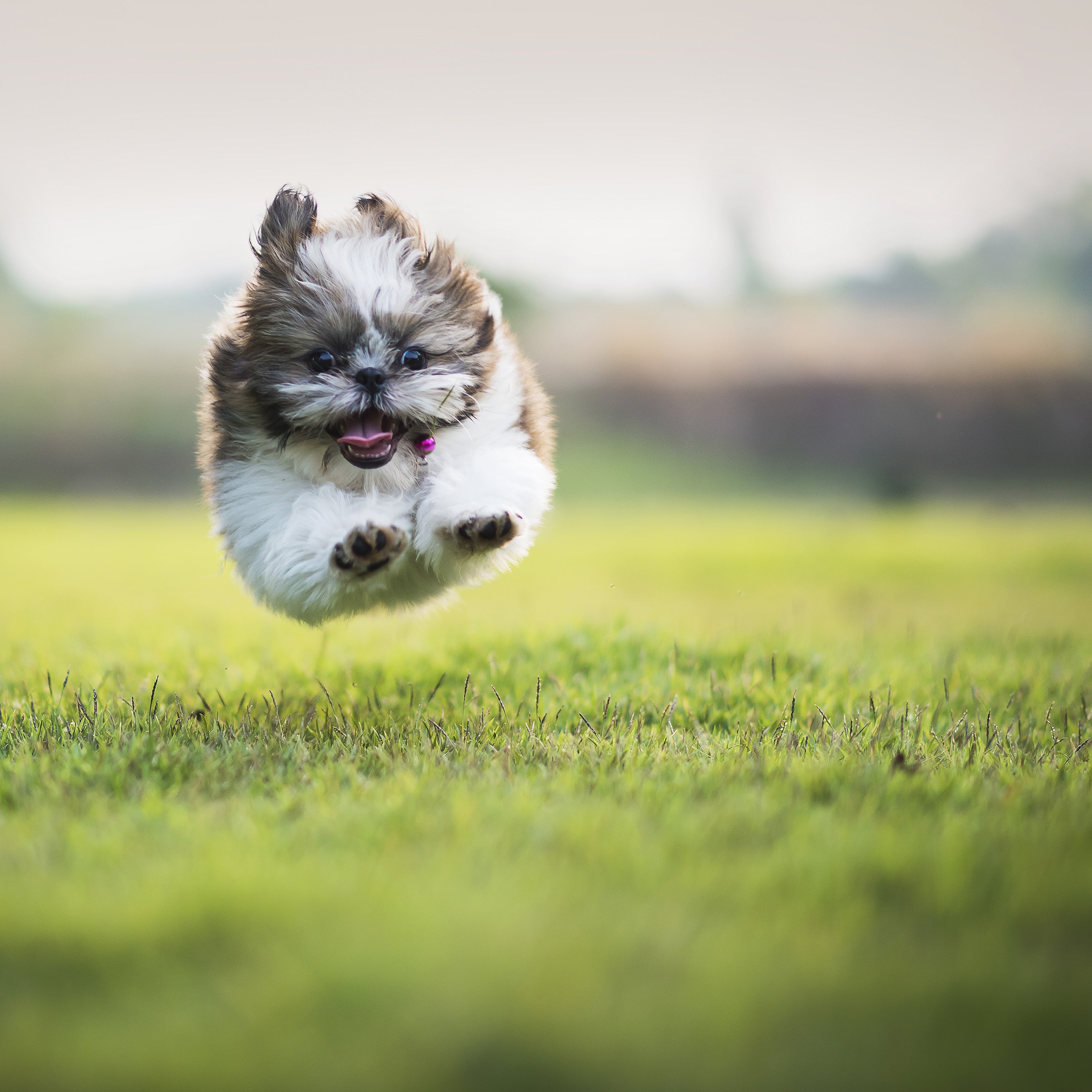The amazing thing about science is that as it evolves, so does our ability to gain a deeper insight into the secret world of our dogs – how they think and what drives their behaviour. These new insights are changing the way dog owners are approaching training. Gavin Miller, Managing Director at Marltons, shares some insight on the topic to keep your good boy’s tail wagging.
For many years popular dog training methods have included a very rigid approach because it was believed that dogs inherently behave in a hierarchical pack dynamic which includes pack leadership and canine dominance. With that in mind, the theory is that dogs need to fulfil a primal role, and in turn should be trained using unbendable domination techniques that include a no talk, no touch, no eye contact rule. Unfortunately this behavioural model also includes “aversive” tactics to combat aggression such as leash jerks, kicks, snaps of the hand against the neck, restraint, among others. Essentially the objective of this training approach is to show the dog that the owner is completely dominant and the ‘alpha’ of the house.
Also known as the ‘alpha theory’, this approach was originally derived from and applied to the dominance ranking and hierarchical behaviour observed in that of captive wolves - specifically in terms of pack behaviour. Because dogs are distant descendants of wolves, this theory was applied in dog training, but has since been disproved.
But aren’t dogs pack animals?
Dogs may have descended from pack animals, but they’re definitely not the aggressive hunting machines that fight for domination and food that outdated theories suggest. The term pack animals is used so often that most people don’t question it. It is ingrained in our social lexicon and used incorrectly. Dogs in fact, are completely dependent upon humans and the closest they come to being a pack animal is their inherent desire to be a companion and part of a loving family pack.
So how should we be training them to fit into our family packs?
We have got so much wrong with dogs and their behaviour. If we believe that dogs are out to dominate us, we could head down a slippery slope of trying to train them through domination using tactics that include intimidation, fear and sometimes even pain. But if our end goal is human companionship – which dogs offer us unconditionally – surely we can come up with better ways to show them how to behave in our society.
Increasingly dog owners are realising that rewards are so much more powerful that punishment. Although the argument still rages on about the safest, quickest and most effective way to train dogs, modern behavioural science has definitively landed on one common theory - positive training is the future of dog training.
There are 4 pillars that make up positive training:
- Using positive reinforcement – rewarding good behaviour so that there is a better chance of that behaviour being repeated.
- Avoiding the use of intimidation, physical punishment or fear – letting go of old tactics that can actually result in more aggression, fear and behavioural problems in the long term.
- Understanding dominance – your dog's misbehaviour is actually very rarely a result of them trying to assert dominance over you.
- Understanding the canine experience from the dog's point of view – seeing the world as your dog does, understanding how best to communicate with them and respecting their sensory experience.
Without any one of the above, the philosophy is not complete and is not as powerful and effective in building a long-term relationship with you dog based on mutual trust and respect.
Dogs are much more likely to cooperate than dominate. They just do what works for them. If they like to sit on the couch or sleep on the bed it’s for the same reason you do – it’s comfy. Most dog behaviours are simply learned. Take the time to connect with your dog and use positive tactics like verbal cues, hand signals, treats, clickers, toys, and even games to teach new habits, help modify behaviour and correct bad habits. This takes away the need for you to be top dog and creates the space for your dog to do what he does best – be your best friend.







